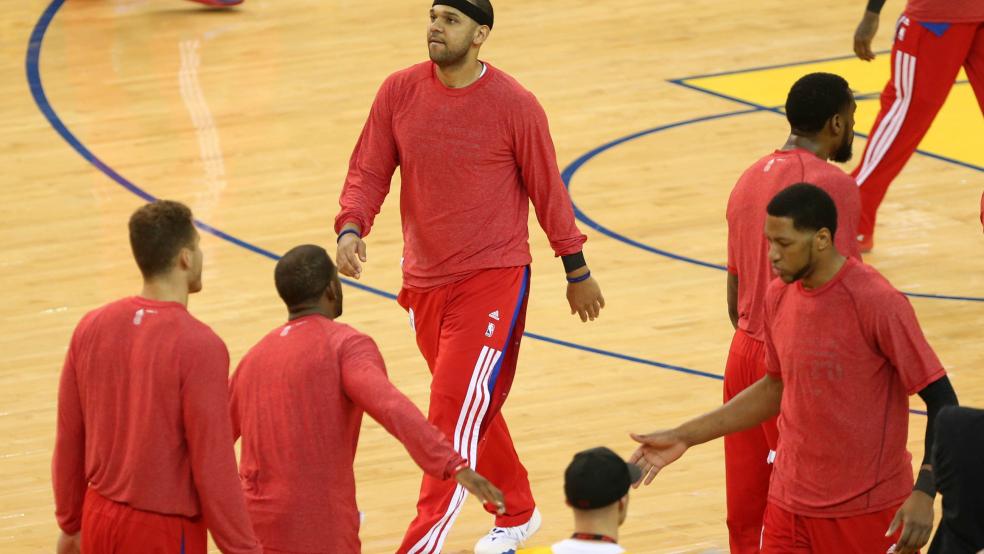Steve Ballmer's plan to buy the LA Clippers for $2 billion is an unusual situation for both the buyer and seller.
As one close friend of Ballmer's told me Friday morning: "He's obsessed with basketball, he needs something to do and he's got $18 billion."
Related: In Politics, the Wealthy Get What They Want
So we can't extrapolate too much from this yet. But it does underscore a fundamental shift in sports. Teams are now valued more like Picassos, rare diamonds and vintage Ferraris than fundamental businesses.
Their value is more likely driven by the supply of billionaires and their money than by bottom lines and a sports' team's record of wins and losses.
Here is how the Clippers are like a collectible:
1. The main buyers are rich people, not companies. Most big companies have divested their teams, but the Clippers' bidders included David Geffen, Oprah Winfrey and Tony Ressler. So just like that $142 million Francis Bacon painting that sold last fall, values are determined largely by emotional bids from billionaires, which can make for irrational values.
2. They are scarce assets. The National Basketball Association, National Football League and Major League Baseball aren't making new teams every year—just like how Pablo Picasso isn't making any more paintings. So it's not replaceable.
Related: What the Super Rich Spent Their $$ on in 2013
3. Access to an elite club. Just like the Ferrari club or an art museum board, buying a sports team gives you membership in a special group. There are more than 2,000 billionaires in the world. Owning a sports team makes you special—like having one of only five balloon dogs made by artist Jeff Koons.
4. Parabolic valuations. Donald Sterling bought the Clippers in 1981 for $12.5 million. If the team sells for $2 billion, that's a 16,000 percent gain.
The only thing I could find that compares is the Ferrari 250 GTO that sold for $18,000 in the mid-60s and sells for more than $50 million today.
This article originally appeared in CNBC.
Read more at CNBC:
Investors snap up collectible toys
$59 trillion to heirs, charity by 2061
Art is the worst performing collectible

